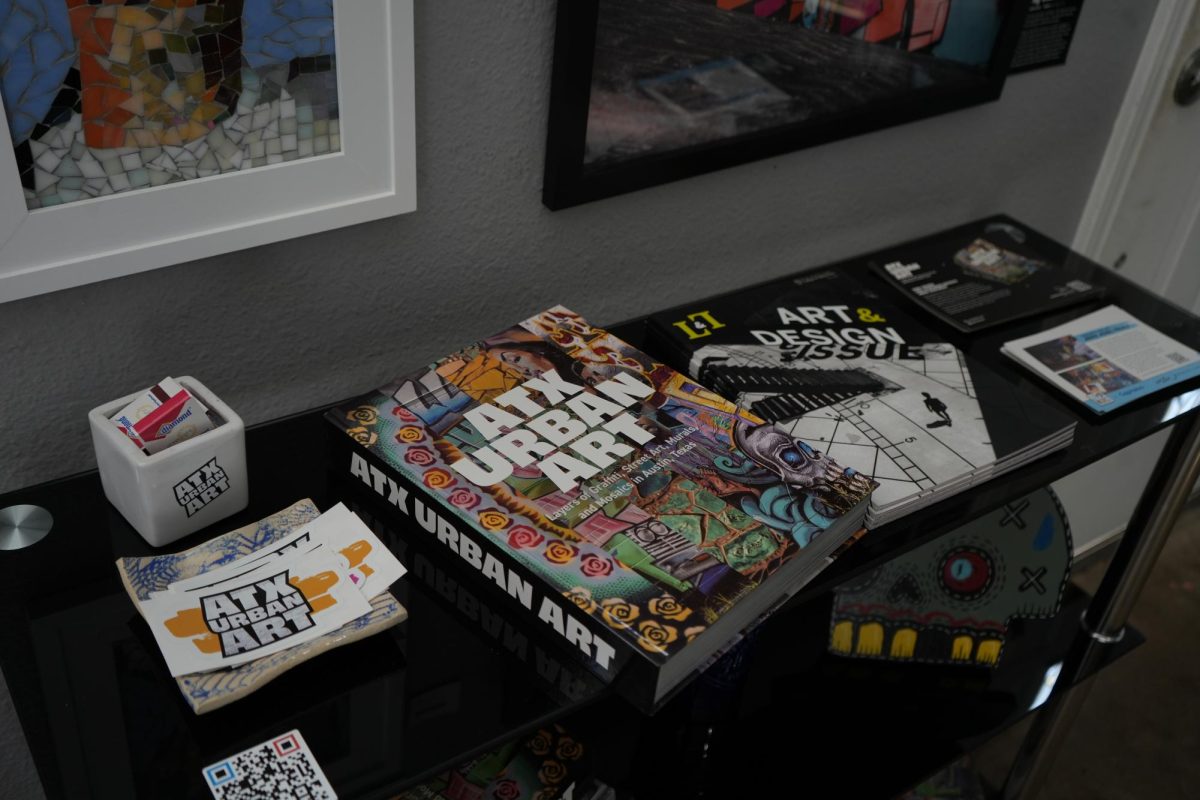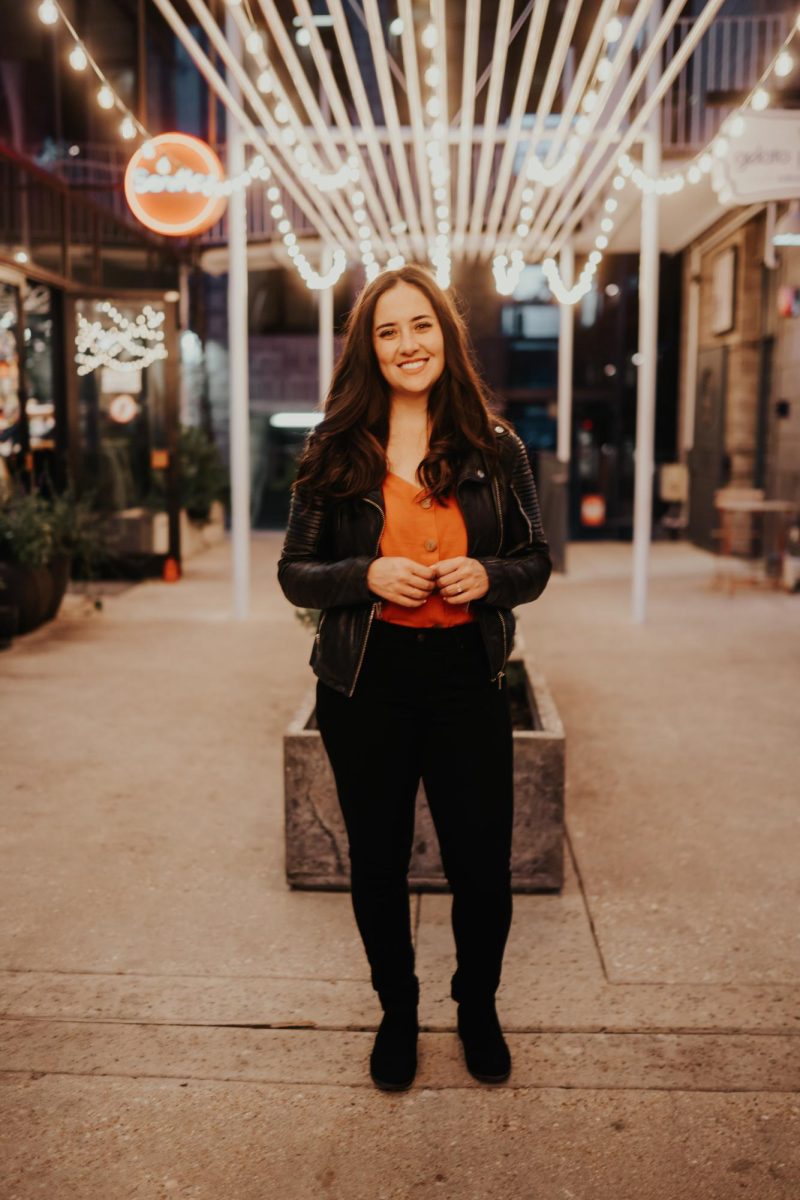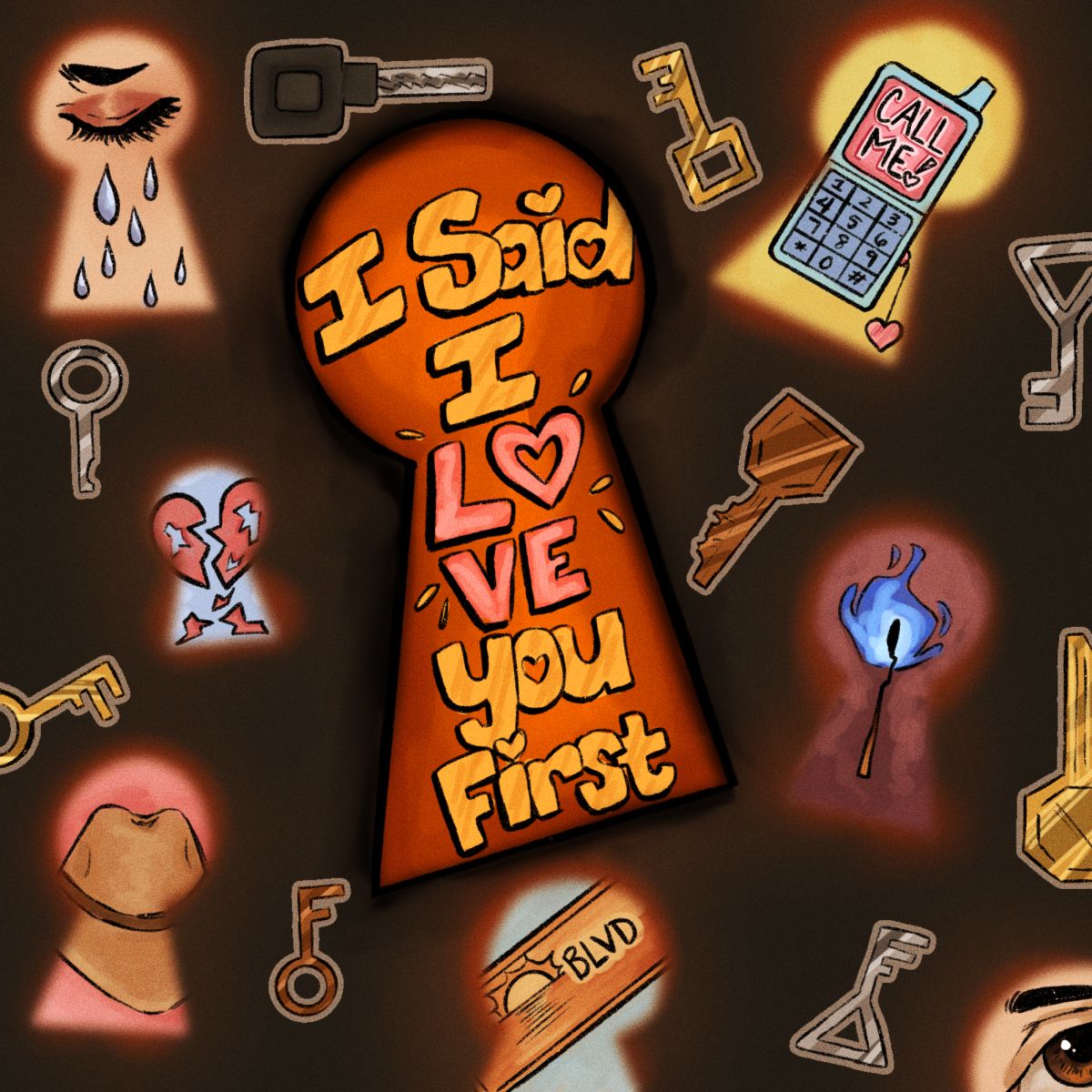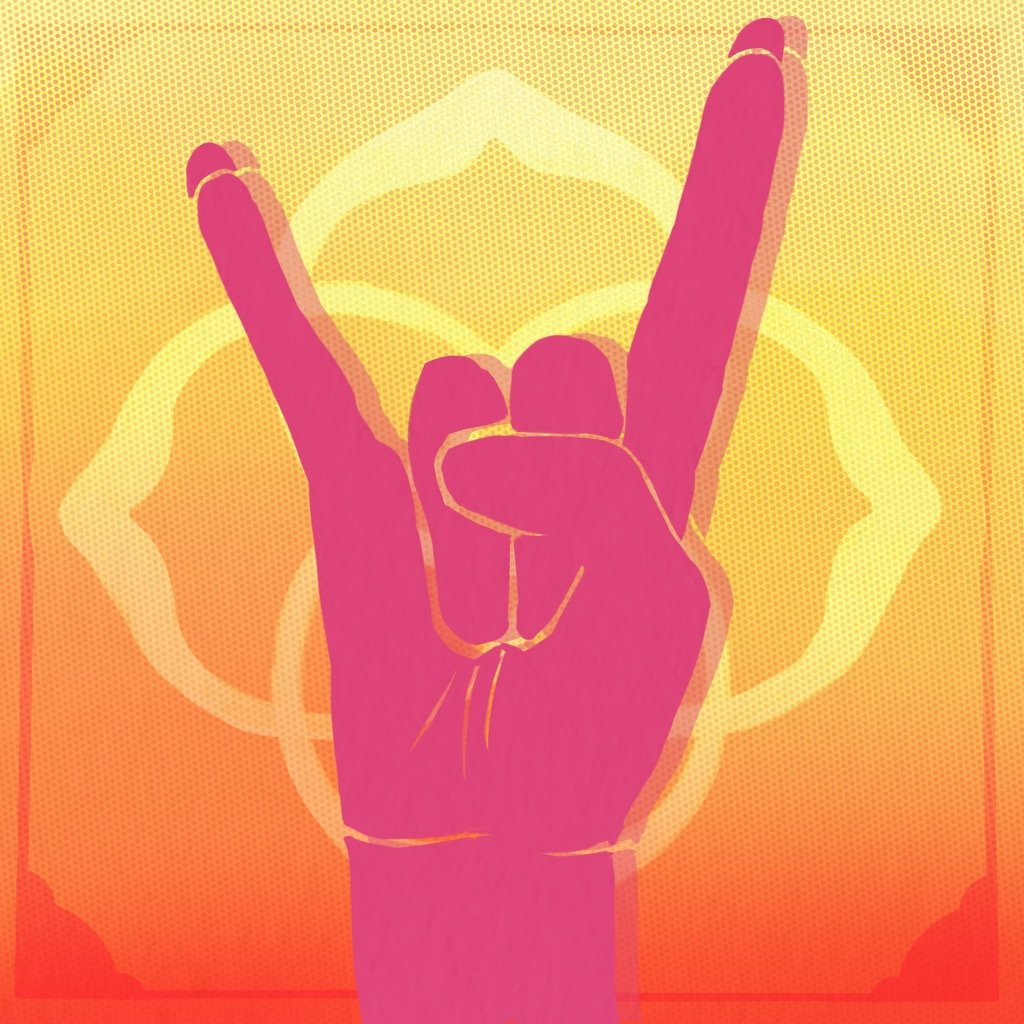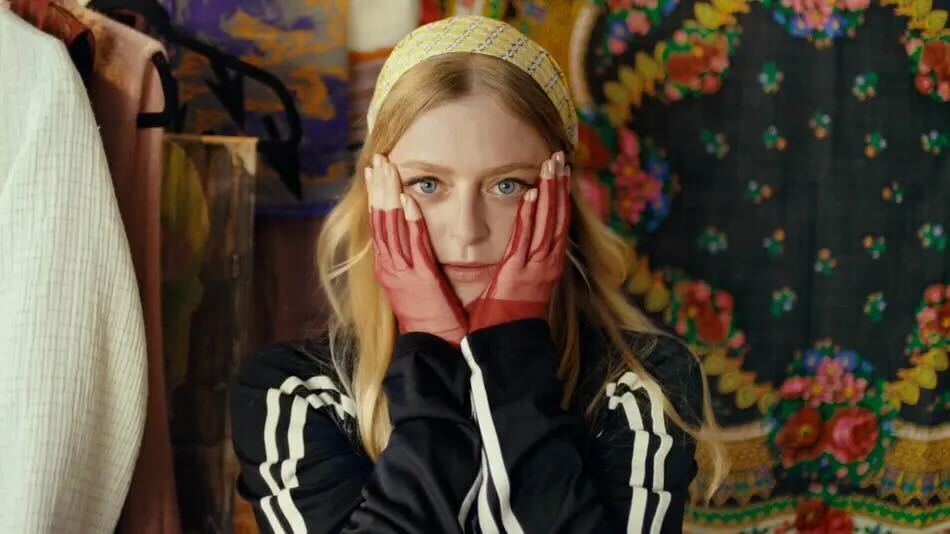On a wall in West Campus sits a black cat, a rainbow, some wasabi and a smile with four stick legs. Further down the street, a frog adorns a preserved wall with the words, “Hi How Are You?”
For the past few decades, West Campus’ murals cemented themselves as iconic spots in Austin. However, they only scratch the surface of the art that exists within the city. From the historic murals by Seymour Fogel to the bold, rebellious acts of graffiti artists, Austin’s landscape showcases a multitude of artists who continuously push the boundaries of street art.
As urban art continues to evolve, artist and sociology graduate J Muzacz set out to document Austin’s urban landscape, creating “ATX Urban Art,” a 700-page collection of graffiti, murals, mosaics and street art throughout Austin. Muzacz said he jokes about the book being a Rolodex for Austin’s urban art scene, and hopes it will increase appreciation for the artists behind these works.
“Whether it be graffiti vandals (or) commissioned muralists and public artists, there’s value in (every) pursuit,” Muzacz said. “I think if people can connect with artists and learn a little bit more about what goes into being an artist maybe (they) appreciate it in a different way and open their eyes to see the city in a different way.”
Largely a collaborative project, Muzacz said teammate Justin Ebel, photographer and graphic designer for the book, and the rest of their team spent two years collecting photos, interviewing artists and discovering hidden gems around Austin.
“It was kind of like a process of discovery and that, to me, was what was really exciting about it,” Ebel said. “It’s, to this day, the biggest project that I’ve ever worked on.”
The book, which will be showcased at this year’s Texas Book Festival, boasts a range of art spanning from the 1950s to today. Ebel said he hopes that the community can walk away with a deeper gratitude for all the art that exists in Austin.
“When it comes to putting up things in the street, there’s really beautiful, flashy things. And there’s really grungy, more gritty stuff,” Ebel said. “That all has beauty and dedication and blood, sweat and tears into it.”
Bill Travis, featured in the book for his halftone murals, said he recognizes the importance of shedding light on Austin’s visual art scene.
“Austin is a very creative city, but its music has always outshone the visual art to a certain degree,” Travis said. “I’m not trying to put the music down at all, I just think that this book will be something celebrated like the music is.”
Ebel hopes the community gains a deeper understanding of urban art’s history and reframes the narrative of appreciating art.
“Graffiti has a really negative stigma, when it comes to its existence,” Ebel said. “Generally people see it (as) an indication that maybe the city is going down the drain or it’s more crime ridden. We wanted to put the light on graffiti and how truly artistic and incredible graffiti writers within that community are.”
Muzacz said he valued the opportunity to connect with artists such as Seymour Fogel and Chale Nafus who made significant contributions through their work.
“To know someone on a deeper level and for them to know that I’m taking the time and care to put this project together and investing in preserving these stories, brings a little different than just meeting somebody in passing,” Muzacz said.

